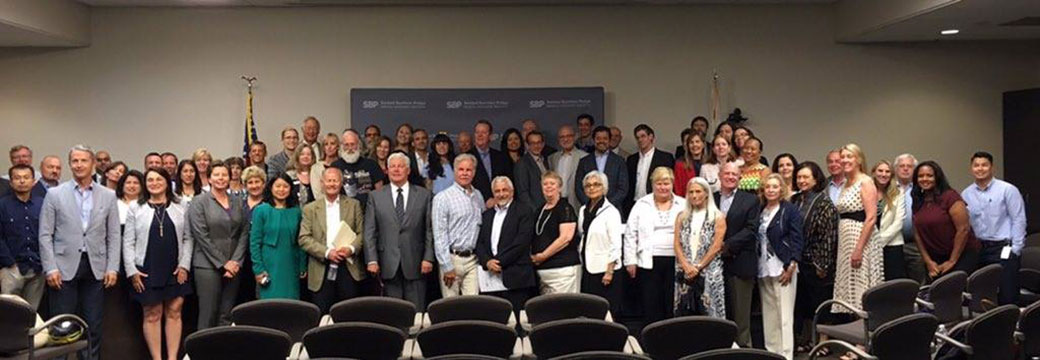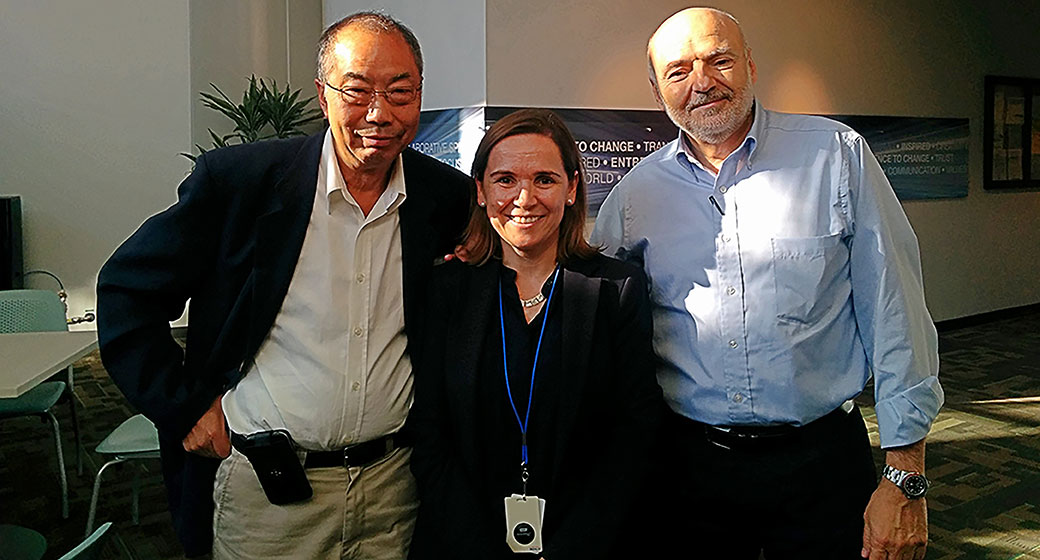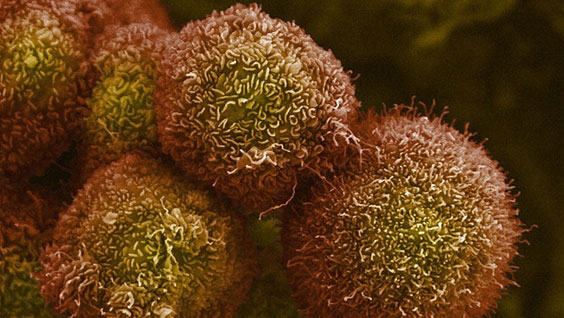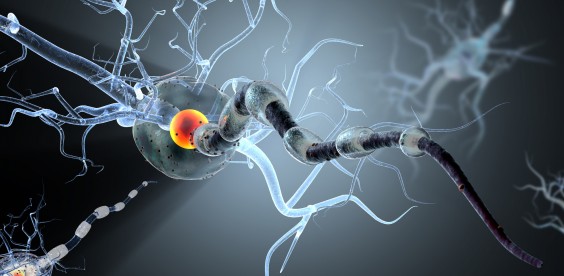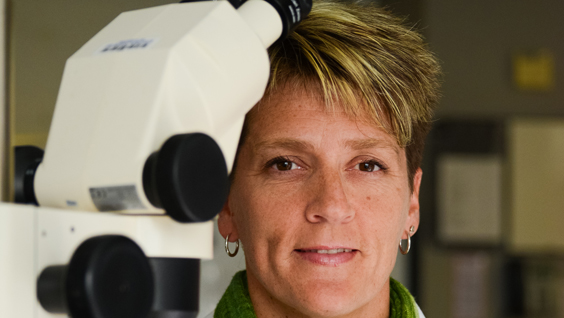Our institute was one of ten sites in the U.S. selected to co-host an official summit as part of the kick-off for Vice President Joe Biden’s Cancer Moonshot. This $1 billion initiative “aims to make more therapies available to more patients, while also improving our ability to prevent cancer and detect it at an early stage.” The funds support new cancer research programs within the NIH and the Departments of Defense and Veterans Affairs, as well as data sharing infrastructure and efforts by the FDA to expedite development of new cancer drugs and diagnostics.
The SBP event, held on the same day as the Vice President’s summit in Washington, DC, brought together oncologists, cancer researchers, cancer survivors and their families, developers of cancer therapeutics, and leaders of key institutions making an impact on cancer in southern California. This diverse participation provided opportunities to make connections, get inspired, and find potential collaborators.
The program included an explanation of how scientific leaders are shaping the initiative, a videocast of the vice president’s speech, and three panel discussions of hopes and concerns for the program. The inside take on the Moonshot’s development was given by María Elena Martínez, PhD, professor of Family Medicine and Public Health at the UC San Diego Moores Cancer Center, one of 30 experts on the Blue Ribbon Panel that is developing recommendations for action.
Several messages emerged from SBP’s summit, including:
- Sustained research funding is required to ensure significant progress
- Improving clinical trials (enhancing participation and streamlining approvals) is key to accelerate the pace of drug development
- Data sharing systems must be built up to reap maximum benefits from cutting-edge methods of profiling tumors
The event was covered by multiple local news outlets, including KPBS and KUSI, and livestreamed through Facebook (video available here and here).
Garth Powis, D.Phil., director of the NCI-designated Cancer Center at SBP, was called to take part in the summit in Washington, DC.
“It was worthwhile to be there and see how the White House is interacting with the NCI,” Powis said. “Much of the focus was on big data. GSK is working with the Department of Energy to get the Veterans Administration organized and IBM is using their super computer ‘Watson’ to consolidate patient records.”
The Moonshot promises to accelerate cancer research in San Diego, given its position as a major hub for biomedical science, though no funds have yet been distributed.
